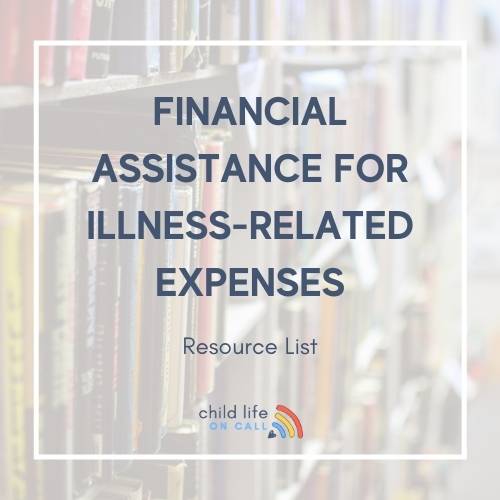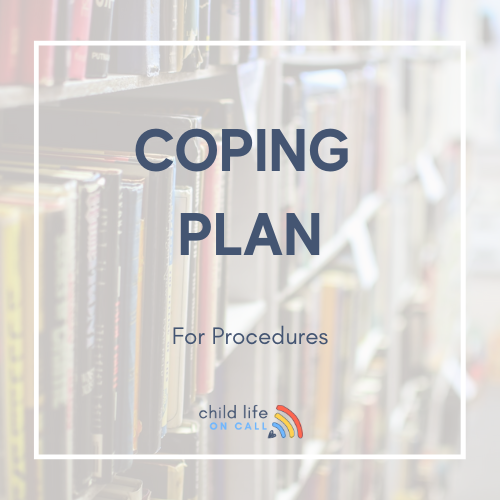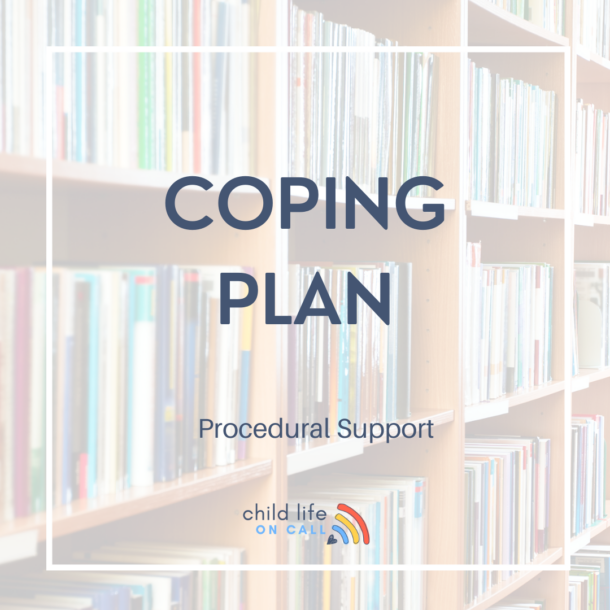What I’m Hearing from Child Life Programs:
Over the past year, I’ve had the privilege to talk with multiple child life teams. One of the questions I start off with is “what is keeping you up at night?” and I’d like to share what I’ve learned with you.
I want to know if you agree, disagree or somewhat agree with what I’ve discovered.
Whether I’ve spoken with one-person programs or large programs, the challenges include similar themes: staffing shortages, lack of funding, burnout and turnover, and limited resources.
I wanted to take some time to highlight the impact of these challenges on the quality of care provided to children and families and provide examples and statistics to support each point.
Spoiler alert: My conclusion recommends providing more support for child life programs to tackle these issues and guarantee high-quality care for children and families.
The Challenges
-
Staffing shortages
- Staffing shortages in child life programs can have a significant impact on the quality of care provided to children and families. When there are not enough staff members to meet the needs of all children and families, individual attention and care suffer.
- Staffing shortages lead to more cross-covering units. This leads the child life specialists to spend more time searching for resources, and less time on their own units, and the challenges associated with building trust with new staff can play a big part in the child life specialist’s success on the unit.
- Staffing shortages in roles outside of child life have an impact on child life programs, too. Float and travel nurses, physicians, and techs may not be aware of common psychosocial practices that are routinely implemented on the unit. Thus, child life may receive fewer phone calls or be less involved than they should be.
- According to a report by the Association of American Medical Colleges, shortages of physicians and nurses, and healthcare organizations are also facing a shortage of other healthcare professionals, including child life specialists. This can lead to difficulties in meeting the needs of patients and families, as well as increased demands on existing staff.
-
Lack of funding
- Inadequate funding can have a significant impact on child life programs. Without sufficient funding, these programs may not be able to hire enough staff or provide necessary resources, leading to a decrease in the quality and availability of services.
- This can have negative effects on the emotional well-being and overall outcomes of children and families who rely on these programs for support.
- When providing demos of the Child Life On Call app, I’m usually met with sincere and earnest desire for this resource for the team and facility to dramatically enhance child life services. However, the conversation turns to “how will we pay for this?”
- Relying solely on grant funding can be challenging because it is not always guaranteed and can be inconsistent from year to year. This can make it difficult for child life programs to plan and maintain their resources and staffing levels over time. Additionally, grant funding may not cover all necessary expenses, which can further limit the scope and quality of services provided.
-
Burnout and turnover
- Child life programs are tired and I see it in the faces and hear it in the stories of child life specialists that I meet with every week.
- According to a survey conducted by the Association of Child Life Professionals in 2018, the burnout rate among child life specialists was reported to be 48%.
- High turnover rates among child life specialists can also contribute to staffing shortages and negatively impact the overall quality and availability of services provided by child life programs.
-
Limited resources
- I’m hearing from child life programs that their ability to access resources is tied to whether or not they have recently received donations to a program.
- I’m also hearing that child life initiatives can also fall to the “bottom of the list” when facility’s are looking at problems to solve. Other departments, such as nursing and IT, tend to be prioritized over child life resources.
- Staffing shortages and high turnover in other departments beyond child life make an impact as they have limited resources to work on collaborative projects.
-
Meeting the needs of diverse populations
- Child life services are crucial in meeting the needs of diverse populations. They help to ensure effective communication, remove barriers to participation, and address individual needs during a child’s care.
- Child life services step in to look at what an individual family may need during their care and are often the team members to make sure families have what they need. They help make sure everyone can communicate effectively, and remove any barriers to participation are all important things to think about when helping these groups.
- For example, child life specialists work with families who don’t speak English to ensure that they can communicate effectively with healthcare providers. Additionally, child life programs connect families with resources like social workers who can provide access to financial assistance programs.
TLDR:
This article outlines five key things learned from talking to over 10 child life teams in the past year. These include the impact of staffing shortages, lack of funding, burnout and turnover, limited resources, and meeting the needs of diverse populations. These factors can all negatively impact the quality and availability of services provided by child life programs, and addressing them is crucial for improving care for children and families.
Child Life On Call is committed to helping child life services enhance their programs as a valuable resource to address some of the most common challenges faced by child life teams. Book a demo to see how we’re a resource that every child life team deserves.













